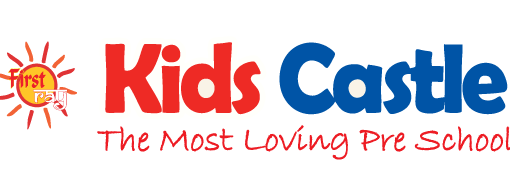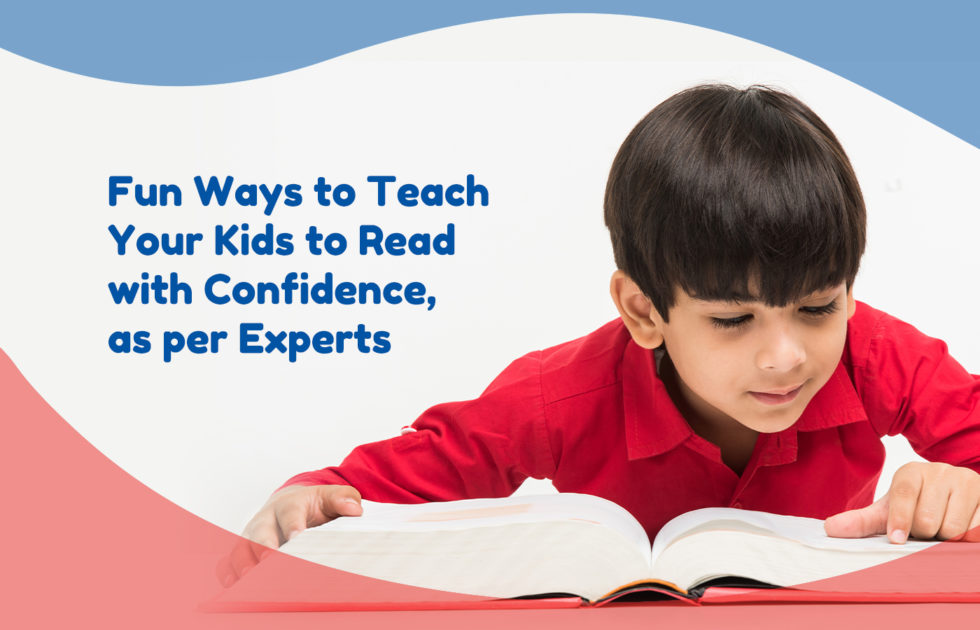It is when people try teaching their children to read when they think about learning to read!
Contrary to what people believe, learning to read is not a ‘natural process that happens independently. It’s pretty complex and requires the proper teaching of various skills and strategies, such as phonemics and phonemic awareness.
Although reading is a complex process, the steps taken to build these skills are relatively straightforward. Try some simple, fun & time-tested strategies to teach kids how to read and make it a rewarding experience.
Below are a few fun ways to teach your child to read at home:
Use nursery rhymes to create awareness.
Phonemic awareness is one of the critical skills in learning to read. Nursery rhymes aren’t meant just for fun—the rhyme and rhythm aid children to hear the sounds and syllables in words. An excellent way to build phonemic awareness is to recite the rhymes and clap rhythmically. We can easily recall the songs/rhymes we learnt as children, even after many years. It helps them develop literacy skills while having fun.
Read to your kids or read with them.
Reading is a habit that will help your children in the long run. Regular reading helps them develop a love for reading. Make it a practice to read to them daily. You can assess their learning and improve it by asking them questions about the book.
The child will pick up many skills through reading with an adult. You show them how the words sound; you’re helping them grow their vocabulary and setting an expectation of fluency. You can also help them be good speakers by varying your tone and volume to emphasise parts of the story.
Take your kid to a book store and let your child pick out their books. This way, you’ll instil an early love of reading, and over time, it will be a cherished activity.
Encourage young children to describe the pictures in their own words. e.g. “Which is this animal? What colour is the car?” and so on.
Gradually improve the questions, like “Why do you think the dwarfs helped Snow white?” or such other questions. You may be surprised by their responses; children are naturally creative, and this activity will help them express it freely.
Encourage your child to read out billboards.
Children take cues from adults. When you’re out, in a mall, or on a drive, point out letters on posters, billboards and signs. You can draw them out to make words. Ask your child, “What is the sound of that letter?” “What other words start with that letter or sound?”. Where ever possible, point out objects, animals, flowers and sound the words. An excellent strategy for learning words is to encourage the child to see and say the word.
Play with picture books
Letter magnets on the fridge, picture books or even simple jigsaw puzzles are a fun way to engage with kids. Ask them questions while reading. You could encourage them to engage with the pictures by nudging them to have their narrative.
Learning sight words.
Sight words are common usage words that cannot be easily sounded out and be recognised on sight. Some of them are – you, I, we, am, had, and, to, the, have, they, where, was, does. Playing games to memorise high-frequency sight words every day can be beneficial.
Many sight words tend to be tricky to read and spell — they aren’t spelt the way they sound. Interactive activities and repetition help children memorise sight words better.
Kids learn to read at their own pace. The most important thing is to be patient and make it fun for the child. It is an enriching experience.

